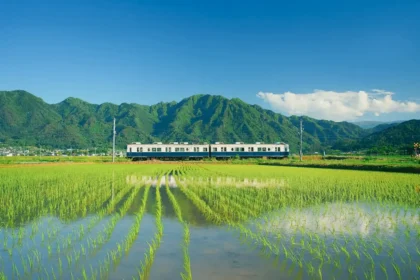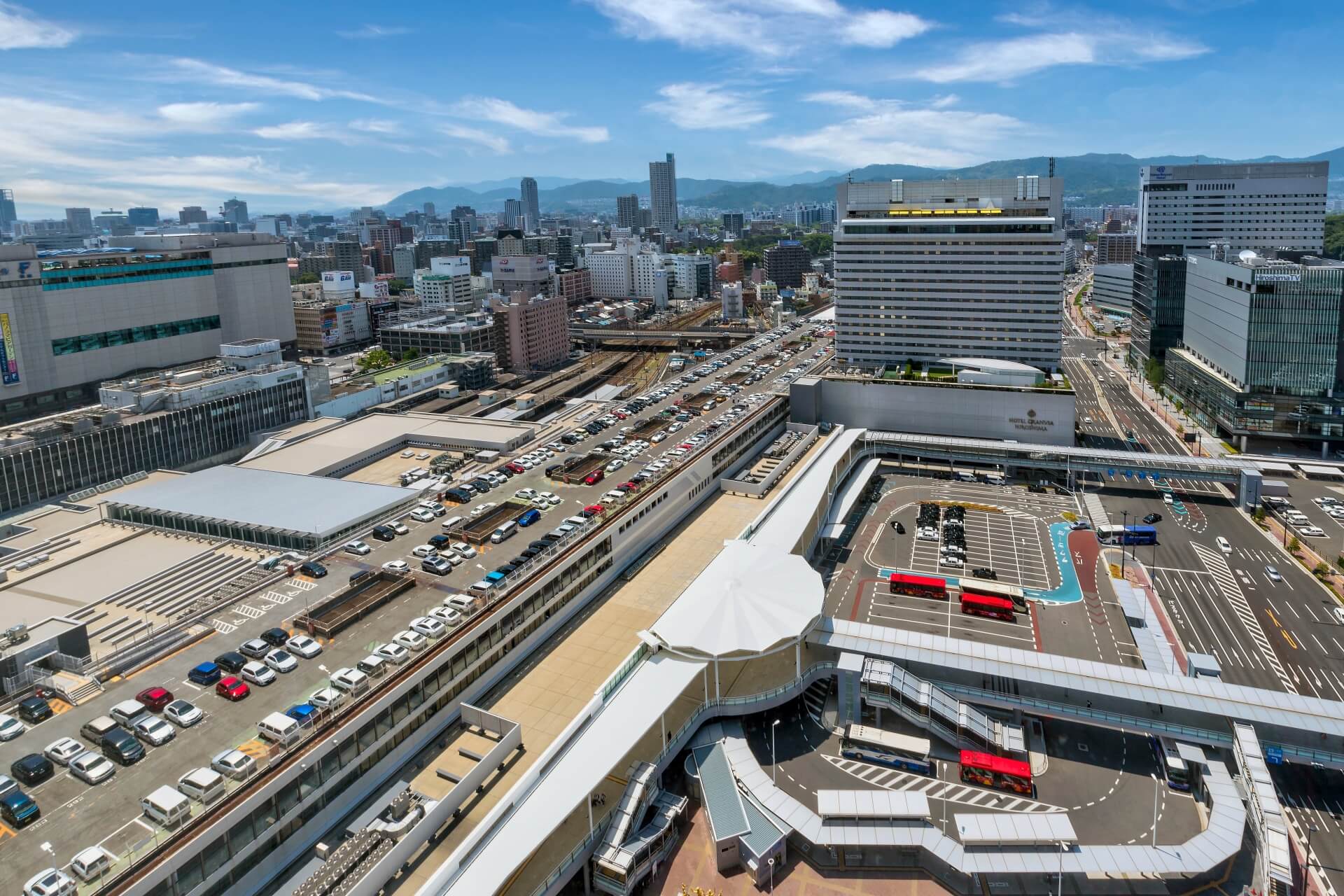
Hiroshima Station serves as the major transport hub of the largest city in Japan’s Chugoku region. A popular destination for many international visitors, Hiroshima is easy to move to and from thanks to the San’yo Shinkansen and regional lines. On this page you will find the following information:
-- Train Lines / Services to Hiroshima Station
-- Rail Passes Covering Travel to Hiroshima
-- Purchasing & Activating a JR Pass
-- Hiroshima Tourist Information
-- Accommodation In & Around Hiroshima Station
-- 30 Things to Do Around Hiroshima & Where to Stay
-- Best Tours and Itineraries Around Hiroshima
As the largest city in the region, Hiroshima offers plenty of reasons to visit. Most visitors will of course be aware of the city's tragic history with many heading there motivated to visit the city's Peace Memorial Museum. Once there, visitors discover a vibrant place with reputation as one of Japan's most liveable cities and plenty of reasons to spend multi-day days exploring the area. For more information about what's on offer, see '15 Things to Do Around Hiroshima & Where to Stay' below.
It is important to note that this page is intended for international visitors who will primarily be interested in using the shinkansen and does not include complete information about all services and facilities at the station.
TRAIN LINES / SERVICES TO HIROSHIMA STATION
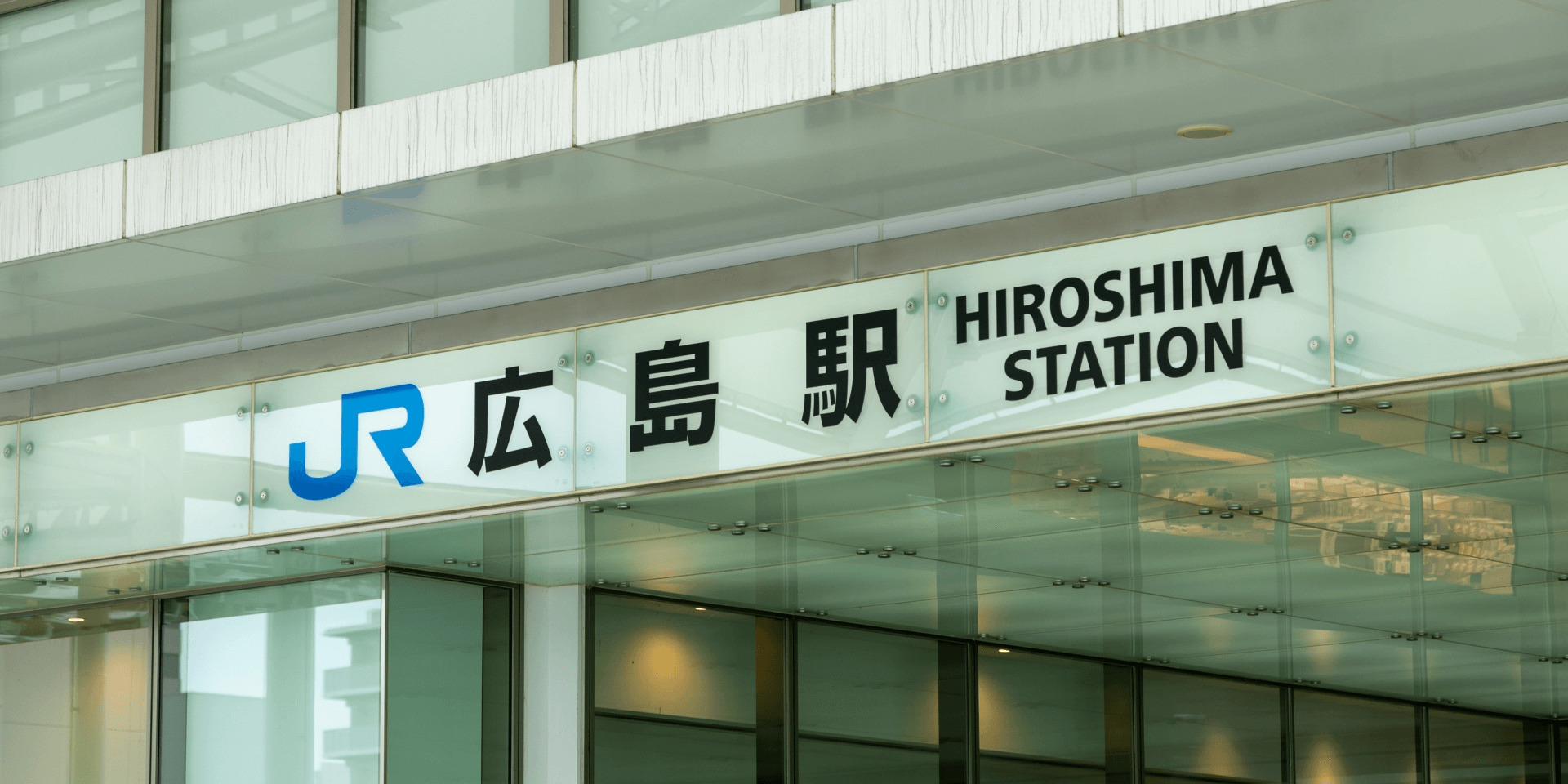
Hiroshima Station is serviced by multiple lines of which the San’yo Shinkansen will be of most interest to international visitors:
SAN’YO SHINKANSEN
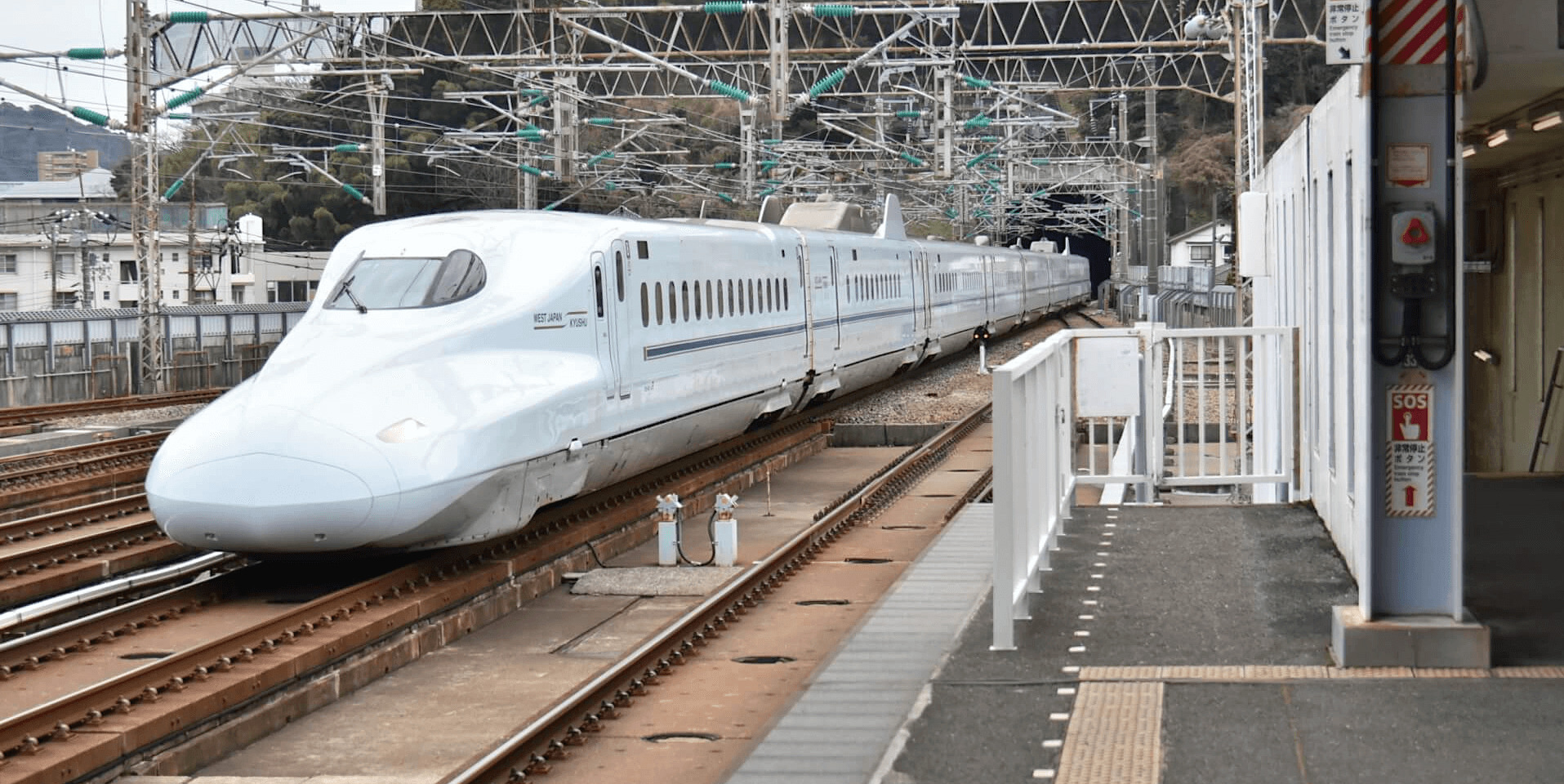
Running from Shin-Osaka Station to Hakata Station (Fukuoka), the San’yo Shinkansen offers the most convenient route to Hiroshima and other destinations in western Japan. Multiple services run along the line, of which the ‘Nozomi’ and ‘Mizuho’ are the fastest. For holders of the Japan Rail (JR) Pass, it’s also important to note that those two services are not covered by the pass however any of the other services running on the line – including the ‘Sakura’, ‘Hikari’ and ‘Kodama’ – can be used. Stops on the line include:
Shin-Osaka / Shin-Kobe / Nishi-Akashi / Himeji / Aioi / Okayama / Shin-Kurashiki / Fukuyama / Shin-Onomichi / Mihara / Higashi-Hiroshima / Hiroshima / Shin-Iwakuni / Tokyuama / Shin-Yamaguchi / Asa / Shin-Shimonoseki / Kokura / Hakata (Fukuoka).
Regular services run to and from Hiroshima Station every day. The earliest shinkansen service from Hiroshima bound for Shin-Osaka – a journey of between 80 to 90 minutes – depart at 06:00 with the latest just after 22:00. Services bound for Hakata start just after 06:00 and run until 22:45. Services from Shin-Osaka bound for Hiroshima start from around 06:00 and run until around 22:30, while direct services from Hakata to Hiroshima operate from around 06:00 until around 21:50. Shinkansen services operate from Platforms 11 to 14 at Hiroshima Station.
OTHER TRAIN LINES
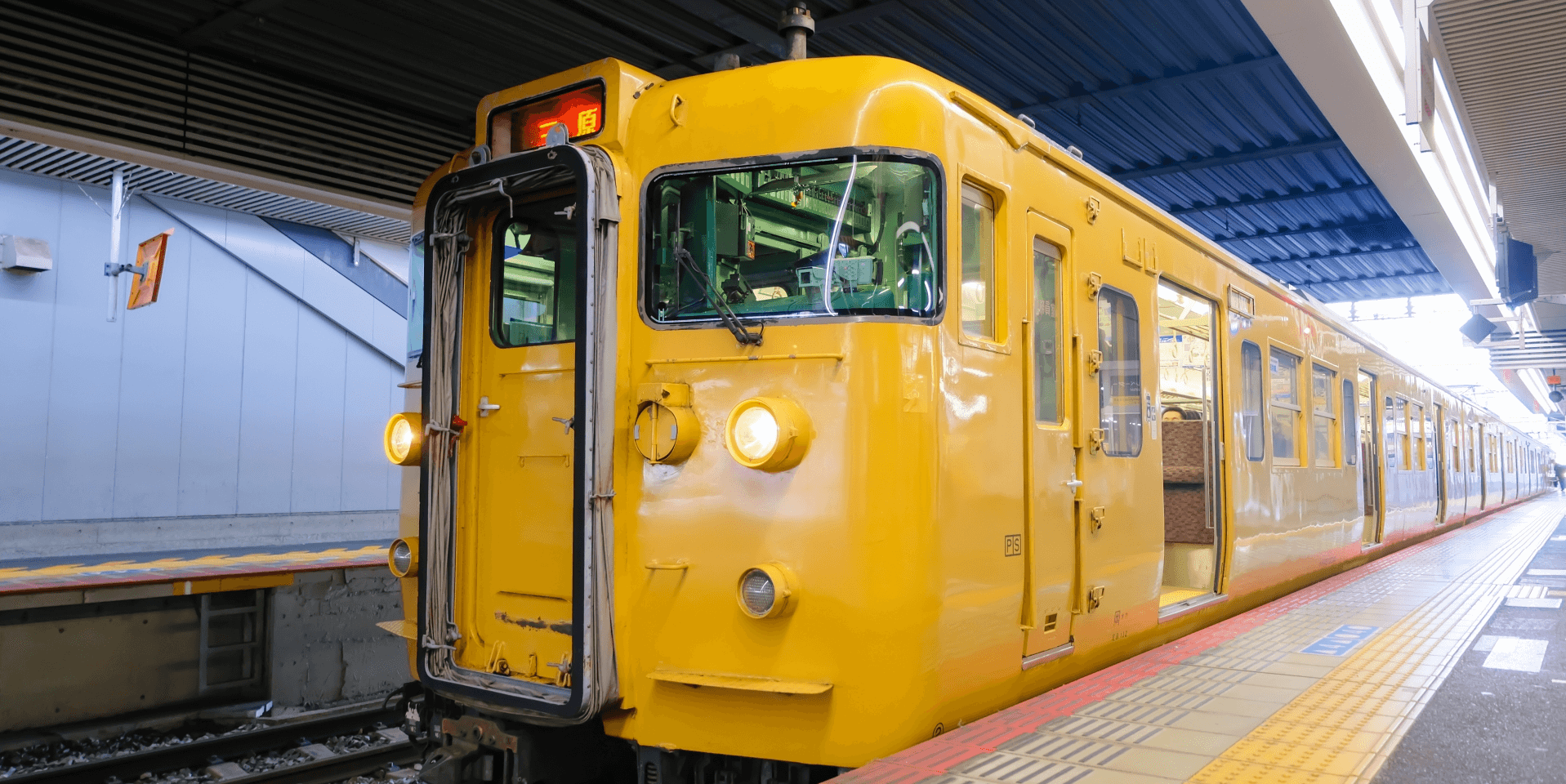
Multiple local lines operate to and from the station providing access to destinations including:
San’yo Main Line bound for Miyajimaguchi, Iwakumi and Tokuyama along with Saijo, Mihara and Fukuyama. Running to Miyajimaguchi Station from Hiroshima – around 25 minutes / JPY420 one-way – the San’yo Main Line provides access to the ferry to the popular destination of Miyajima*.
Kabe Line bound for Omachi, Midorii and Kabe along with Kure, Hiro and Takehara.
Kure Line bound for Kure, Hiro and Takehara.
Geibi Line bound for Shiwaguchi and Miyoshi.
*Miyajimaguchi Station is a short walk from the pier, from where two companies operate ferries to Miyajima. Both take around 10 minutes and costs JPY180 one-way, and both are covered by the JR Pass.
RAIL PASSES COVERING TRAVEL TO HIROSHIMA
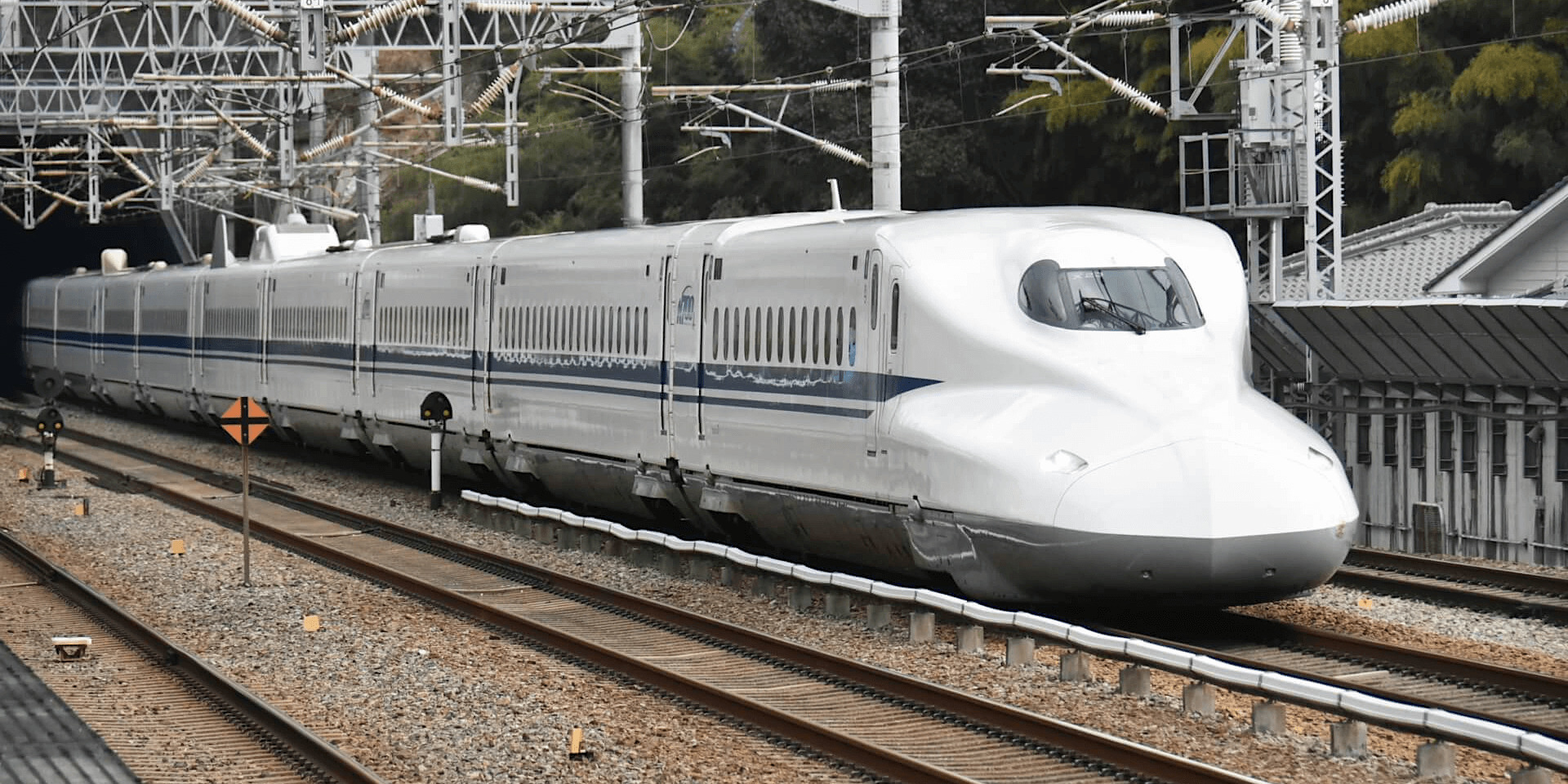
There is no escaping the fact that travel using the shinkansen and other rapid services is expensive. Given the speed and distances covered by these trains, travellers should think of them much like taking a flight, with tickets accordingly priced. International visitors to Japan have the option of purchasing one of several passes which allow for limited use of the San’yo Shinkansen along with unlimited use of numerous other services, starting with the:
JAPAN RAIL (JR) PASS
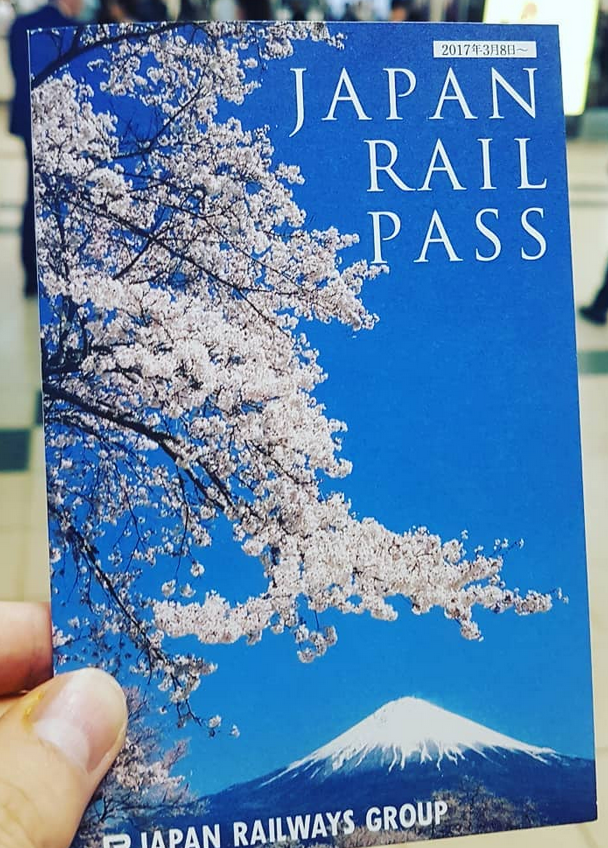
Covering all 9 shinkansen lines in Japan and many other train services, the JR Pass is a great option for visitors planning to use the shinkansen more than a handful of times and/or travel large distances. Travelers have the option of 7, 14 and 21-day passes covering either Ordinary or Ordinary and Green Cars. The JR Pass allows for use of the ‘Sakura’, ‘Hikari’ and ‘Kodama’ services on the San’yo Shinkansen line however it does not allow use of the ‘Nozomi’ and ‘Mizuho’ services. These services can be used but you would need to pay the full-fare. It also covers the local San'yo Main Line to Miyajimaguchi Station and the ferry across to Miyajima itself.
PURCHASING & ACTIVATING A JR PASS
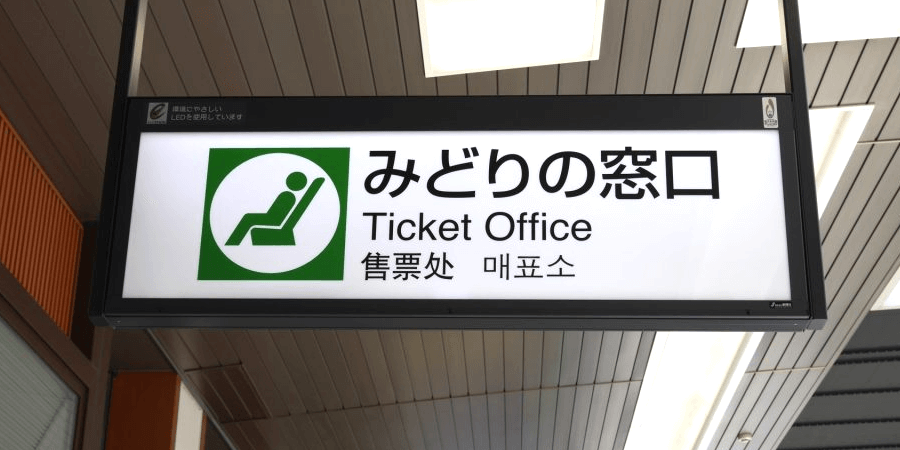
Passes can be purchased via the official website or via a JR-affiliated sales office. Once you completed payment, you will receive an exchange order. This is a proof of payment and looks almost like a flight ticket with your personal details, type of pass, and validity (three months from the date of issue). It is important to note that the exchange order is not your actual pass and will need to be exchanged for your pass once in Japan. Whatever you do, do not lose the exchange order and prioritise exchanging it for your pass when you arrive.
Before using a pass, it must first be exchanged/activated. Exchanging/activating the pass can be done at numerous offices located at airports – including Kansai International Airport in Osaka and Narita Airport and Haneda Airport in Tokyo – and major train stations throughout Japan. If you have the time, we recommend activating your pass while at the airport. If you’re planning to do so at Hiroshima Station, you can exchange/activate your pass at the:
— JR Ticket Office: open daily from 05:00 to 23:00
Otherwise, passes can also be activated at these stations on the San’yo Shinkansen line: Shin-Osaka Station / Okayama Station / Kokura Station / Hakata Station. To exchange/activate your pass you will need your exchange order and passport. Make sure you allow adequate time to exchange and activate your pass if you are intending to use it on the same day or do so a day or two before you plan to start using it (you can always nominate a later activation date). Once you have your activated pass you are free to ride however you can’t insert your pass into the ticket gates. Simply walk through the side booth (permanently attended by station staff) and show your pass. You will be waved through and you can make your way to the platform.
HIROSHIMA TOURIST INFORMATION
Open daily from 06:00 to 24:00, Hiroshima Tourist Information Center is located on the second-floor of the station, next to the Shinkansen / ‘Bullet Train’ exit. It has full-time English-speaking staff on-hand to assist with any transport, sightseeing and accommodation enquiries. Chinese-speaking staff are also sometimes available. Free WiFi is available inside.
ACCOMMODATION IN & AROUND HIROSHIMA STATION
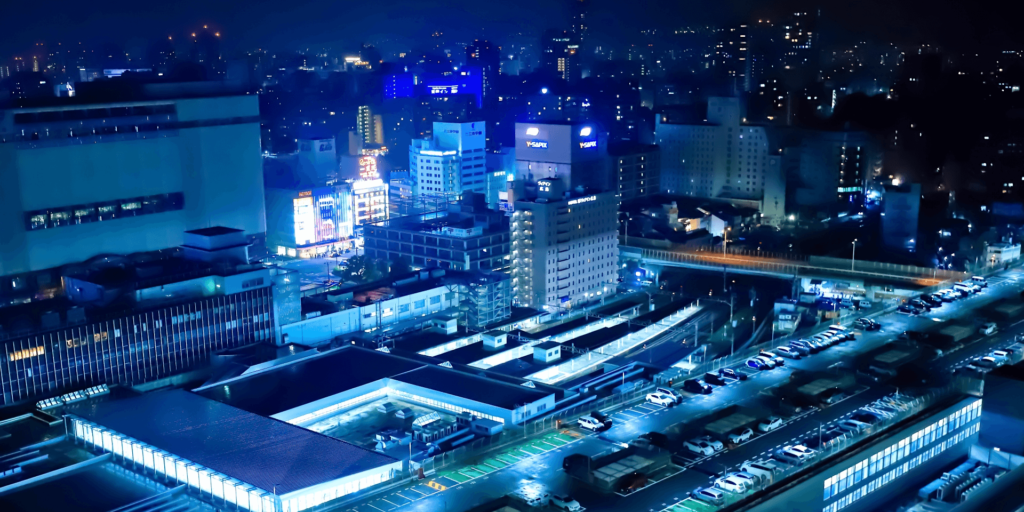
The area surrounding Hiroshima Station has plenty of accommodation to choose from including mid-size to large Western-style hotels. It’s one of the main accommodation areas in the city and the most convenient area to stay. For more information including links to accommodation listings, see our ‘Hiroshima Station Area‘ hotel page; or for more on where to stay when visiting the city, see the section below.
HOW TO GET TO HIROSHIMA
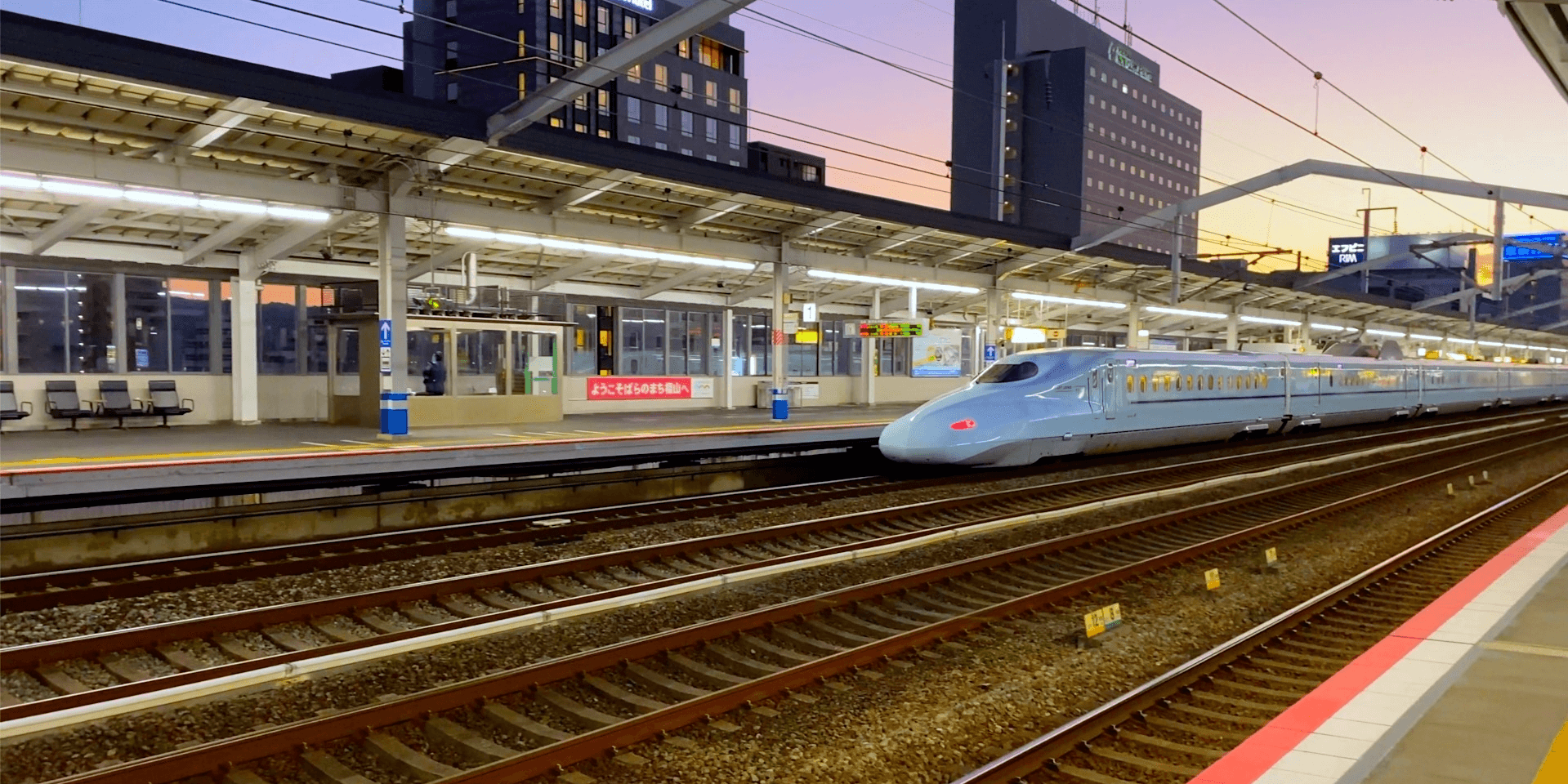
As a stop on the San’yo Shinkansen line, Hiroshima Station is the main access point of the city and wider region. Services run frequently throughout the day and once at Hiroshima Station, local train, bus and tram lines carry you onto the most popular destinations in the city and surrounding. Our ‘How to Get to Hiroshima’ page has just how to get there from popular starting points including Osaka, Kyoto, Tokyo and beyond.
30 THINGS TO DO AROUND HIROSHIMA & WHERE TO STAY
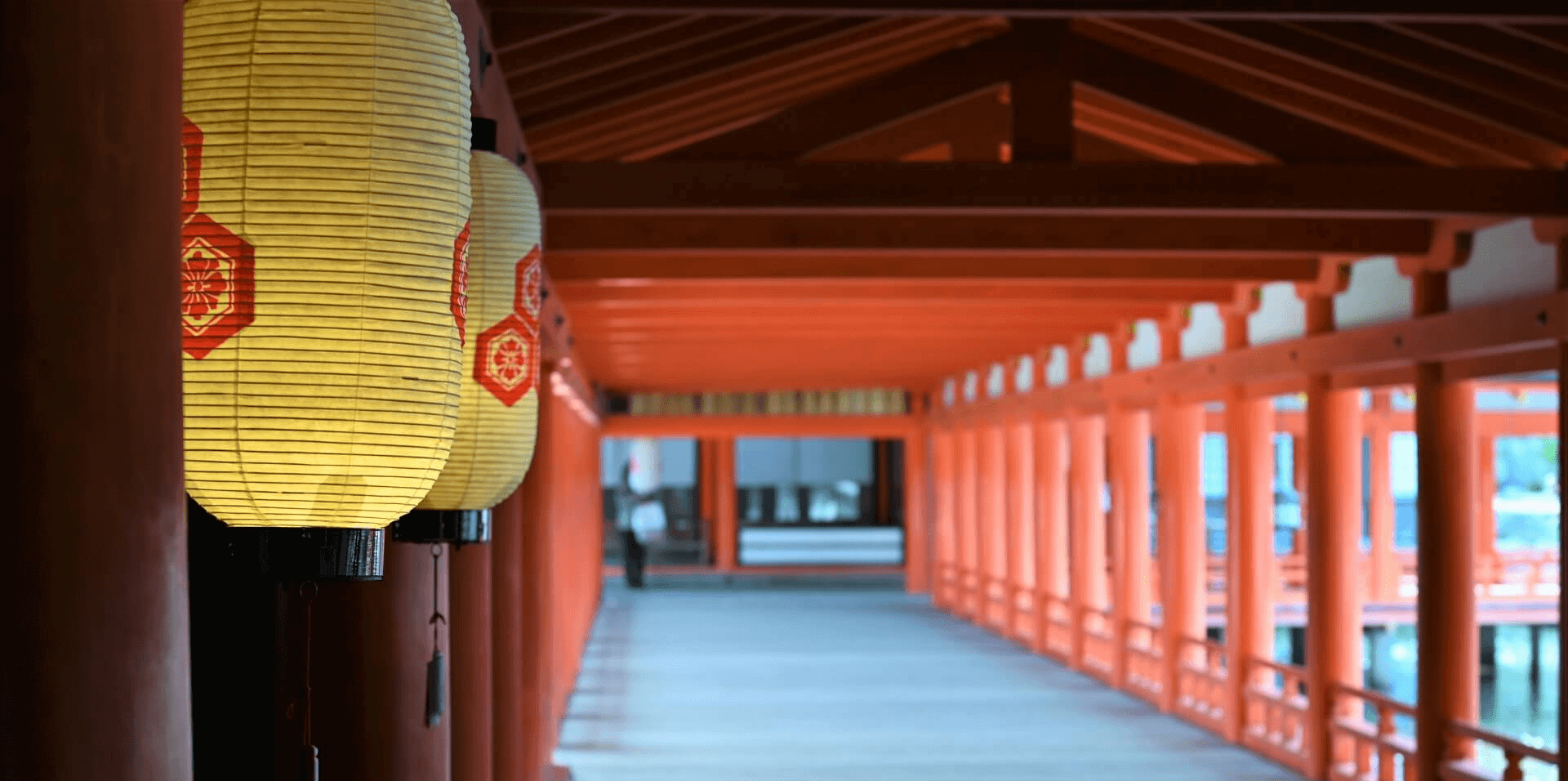
Hiroshima occupies a poignant and tragic position in the global consciousness and the gravity of its history dictates that many international visitors include the city on their itineraries in a manner of pilgrimage and solemn reflection of what took place there. Wonderfully commemorated in the city’s Hiroshima Peace Memorial Museum, visitors can do just while also discovering a thriving and vibrant city that ranks as one of Japan’s enjoyable metropolitan destinations. Our ’30 Things to Do Around Hiroshima & Where to Stay’ page has some great suggestions of what’s on offer including nearby Miyajima and its famous seabound ‘torii’ gate and seaside shrine complex, along with the best places to stay in and around the city.
BEST TOURS AND ITINERARIES AROUND HIROSHIMA
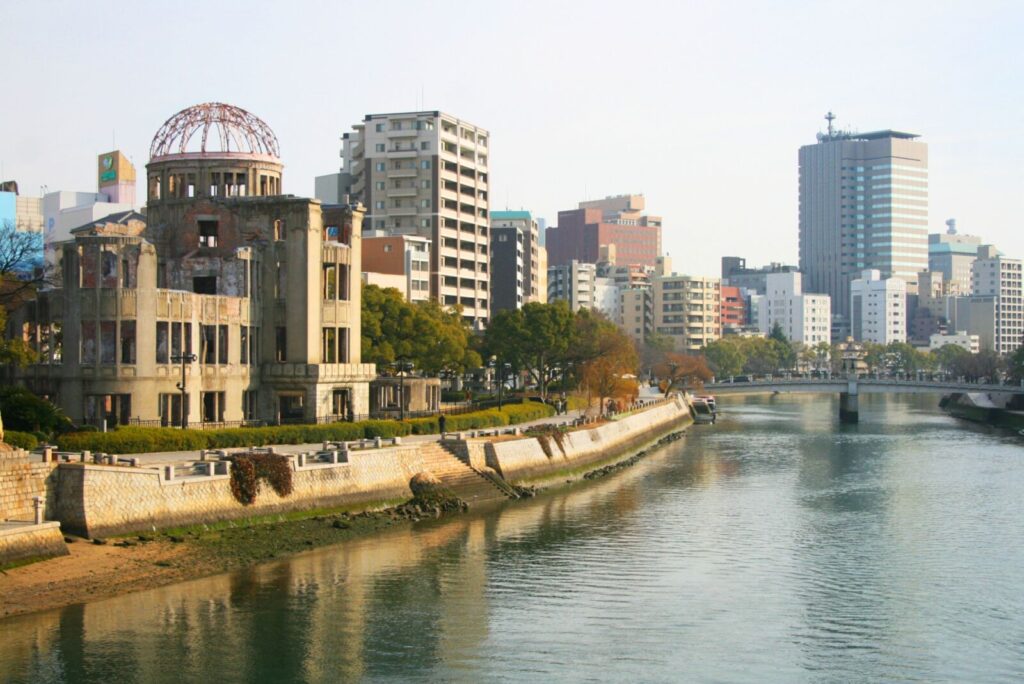
If you happen to be stopping by Hiroshima for just one day or are staying for a bit longer, we offer several tours which will allow you to explore the city in the most time efficient and relaxing way. Most of our tours begin and end at Hiroshima Station, making them very convenient for all types of travelers as well. The tours range from half-day to full-day ones, and some take place within the city, while others give you the opportunity to explore other areas of Hiroshima Prefecture. We even have designed some multi-day itineraries which will help you make the most out of your visit to Hiroshima. For more information about these tours and itineraries you can check out our "Best Tours and Itineraries Around Hiroshima" webpage.
PLAN YOUR VISIT TO JAPAN
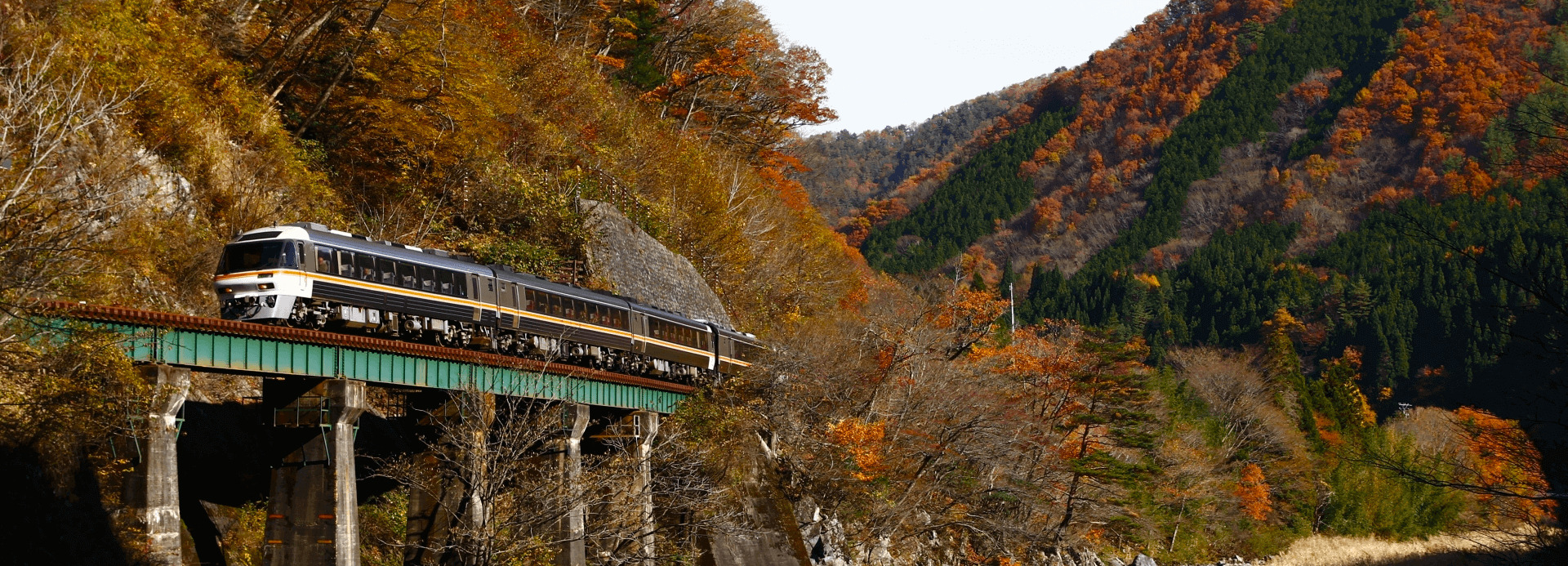

Hiroshima Station and the San’yo Shinkansen are just two parts of Japan’s fantastic rail network. Unfathomable in its size and efficiency, moving around the country by train is easy and comfortable opening-up all regions of Japan for exploration. Our ‘Plan Your Visit’ page has everything you need to know about visiting Japan – from tips on the best time to travel, times to avoid, entering and exiting the country, money matters, staying connected, accommodation, staying safe and healthy and plenty more to ensure that you get the most out of your time here.














